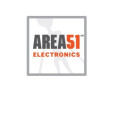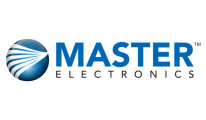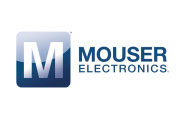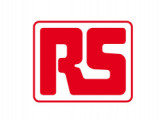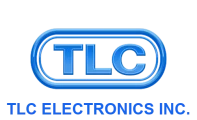USB Connector Variations
- USB Connectors
- SATA Connectors
- Display Port Connectors
- Waterproof USB Connectors
- Micro USB Connector
- USB Connector Variations
Categories
- Card Edge Connectors
- RECTANGULAR CONNECTORS
- D-Sub Connectors
- Machined D-Sub Connectors
- Power Combo D-Sub Connectors
- Parallel Port D-Sub Connectors
- Waterproof D-Sub Connectors
- DB9 Connector
- DB15 Connector
- DB25 Connector
- Vertical PCB D-Sub Connector
- D-Sub Panel Cut-outs
- Cable Wire D-Sub Connector
- PCB D-Sub Connector
- Right-angle PCB D-Sub Connector
- Backshells or Hoods, and Caps for D-Sub Connectors
- D-Sub Connector Housings
- D-Sub Connector Contacts
- Modular & Magnetic Jacks
- USB Connectors
- HDMI Connectors
- INLINE CONNECTORS
- HEADER CONNECTORS
- Spring Loaded Connectors
- Waterproof Connectors
- Cable Assemblies
- Custom Connectors
Search Parts:
USB CONNECTOR VARIATIONS (DIFFERENCES)
What is a USB connector?
USB (Universal Serial Bus) connectors are the standard connection between a computer and a peripheral device such as a monitor, keyboard or mouse. USB is an industry standard that sets up details for cables and connectors and conventions for association, communication, and control supply between peripherals, and computers. USB standards typically are defined by versions or generations such as 1.0, 2.0, 3.0, etc., which defines the data transfer speed and the function of the USB cable, while the USB ports or plugs like USB type A, type B, type C, etc., defines the shape of the cable plugs and ports.
What is the difference between USB 1.0, 2.0 and 3.0?
There are many differences between USB 1.0, 2.0, and 3.0 generations, including speed, dimensions, and compatibility. Though not defined in the USB specifications, you can generally tell which USB generation by the color of the plastic inside the device. The USB 1.0 and 2.0 are either black or white, USB 3.0 is blue, and USB 3.1 is teal. The chart below provides the data transfer speeds for the different USB generations. Also, for USB 2.0 and older the data transfer is in a single direction, whereas the later generations USB 3.0 and 3.1, allow data transfer in both directions. The max power output for USB 1.0 is 2.5V / 0.5A, USB 2.0 is 2.5V / 1.8A, USB 3.0 5V / 1.8A and then USB 3.1 is 20V / 5A.
| USB Variation | Top speed | Max power | Data transfer |
| USB 1.0 | 12Mbps | 2.5V / 0.5A | One way |
| USB 2.0 | 480Mbps | 2.5V / 1.8A | One way |
| USB 3.0 | 5Gbps | 5V / 1.8A | Both ways |
| USB 3.1 | 10Gbps | 20V / 5A | Both ways |
What is the difference between USB types?
USB type A is the foremost common type and will be on one end of almost all USB cables. USB type A, generation 1.0, 2.0, 3.0 and 3.1 are all compatible with each other.

Square shaped, the USB type B is frequently utilized to connect a computer to a printer, scanner, or similar equipment. Generation 1.0 and 2.0 plugs (male) are compatible with generation 1.0, 2.0, 3.0 and 3.1 receptacles (female). 3.0 and 3.1 plugs are only compatible with 3.0 and 3.1 receptacles.

The USB type C is the new addition to the USB family. This connector acts like a traditional mobile charger. The USB type C shape is available only in generation 3.1. This plug is horizontally symmetrical, which means it can be inserted into the receptacle in either direction.
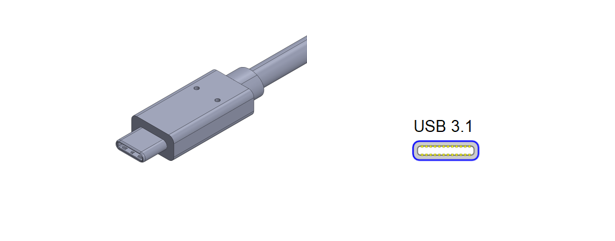
Mini USB plugs type A and B were used for charging older cells phones, cameras and MP3 players. USB mini type B plugs work with the second generation of mini-B and mini-AB receptacles.
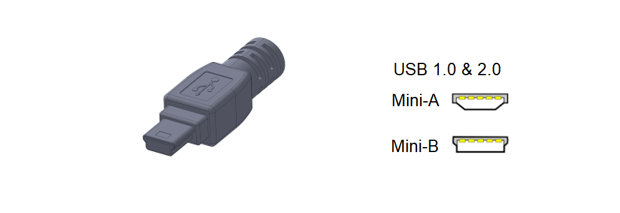
We continually update and advance our products to ensure that our customers have access to the latest and best products available. Contact us for additional information.






